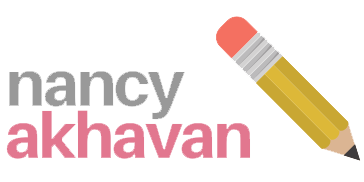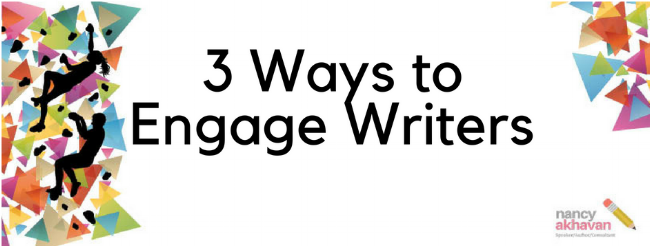You can engage writers in different ways with narrative. Some of us prefer to give students prompts to get them writing, others like to have students write fairy tales or novelettes (depending on their age, of course). I prefer to have students work on personal narratives.
Personal narratives are stories that students can tell their classmates, friends and family about their lives. I like narratives as they provide us a way of connecting with one another as humans, and to laugh together and to learn from one another. Students who share their writing in groups will build bonds with one another if they are writing personal narratives. The bonds seem to happen naturally when students share their experiences and thoughts with others.
One way you can nurture student personal narrative writing is inviting students to write about something that happened to them recently, even if that ‘something’ doesn’t seem out of the ordinary. There are points to be made from stories about going to the grocery store with mom or dad, or when you stubbed your toe running across hot cement.
Another way you can encourage students to write their personal narratives is for you to write yourself and then share your writing with the class. Your class will learn how to put words together on the page when you model write about how you fell off the bed and sprained your wrist, or how you burned dinner.
The third way to encourage students to write personal narratives is to involve them in a brainstorming activity. They could create mindmaps about things that happened to them in the last month and what they thought, or felt, when that moment occurred. Encourage students to make the writing vivid and describe in detail what was going on so the reader will feel like they are ‘right there’ while the moment is happening.
Check out Zac’s writing about the day he went shopping to get ready for back-to-school. You can see live from the eyes of a 7-year old in this piece.
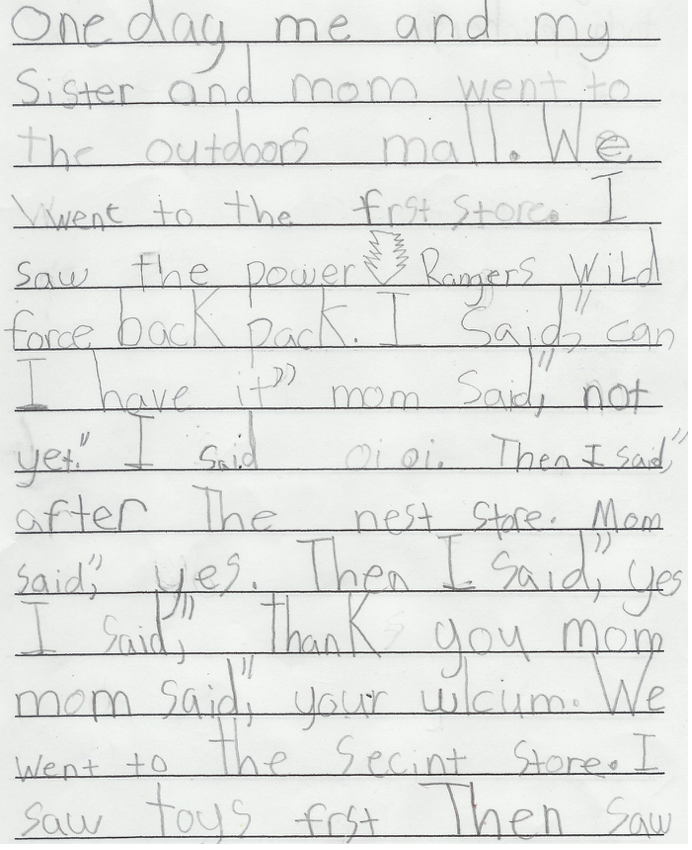
First Zac was like, “Oh, we went to all these stores….” Then, the narrative became more descriptive with specific details as he tells us that he chased a penny as it rolled around the floor.
The next page is when Zac gets to the details.

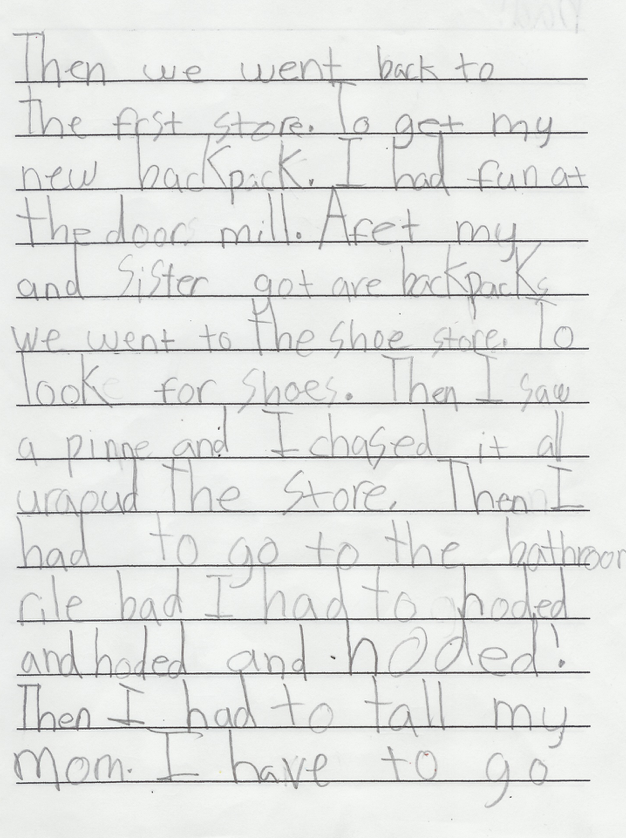
Finally, it isn’t the moment when Zac gets his backback that is most memorable; it is that he has to go to the bathroom. Bad! Boy, haven’t we all been in that place from time to time.
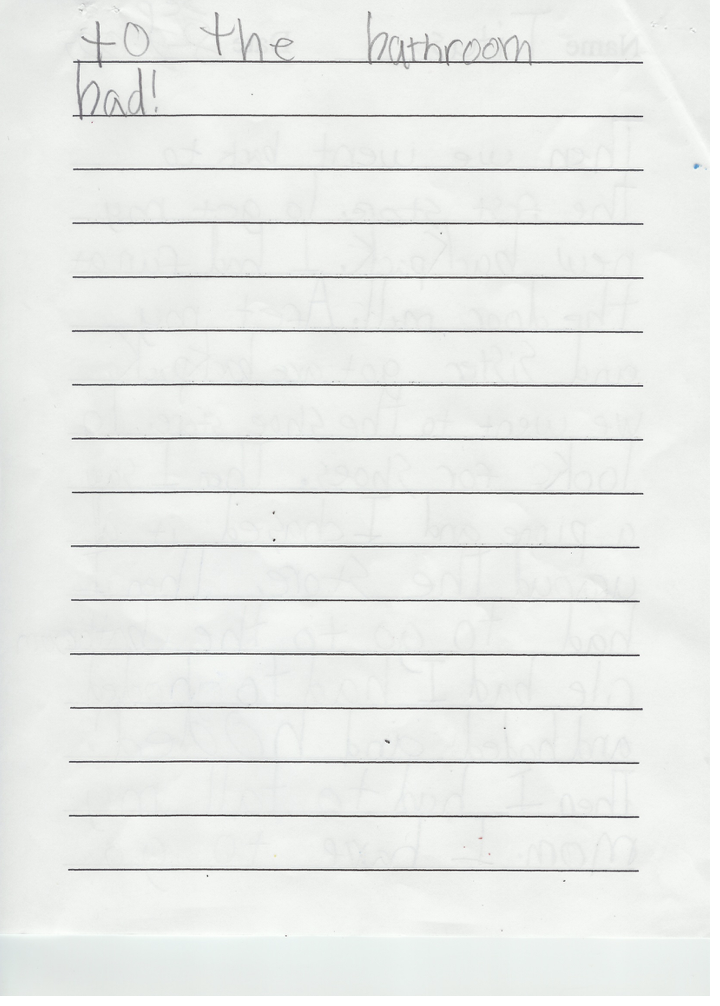
This idea comes from Task 72 in my new book, The Big Book of Literacy Tasks from Corwin Press.
